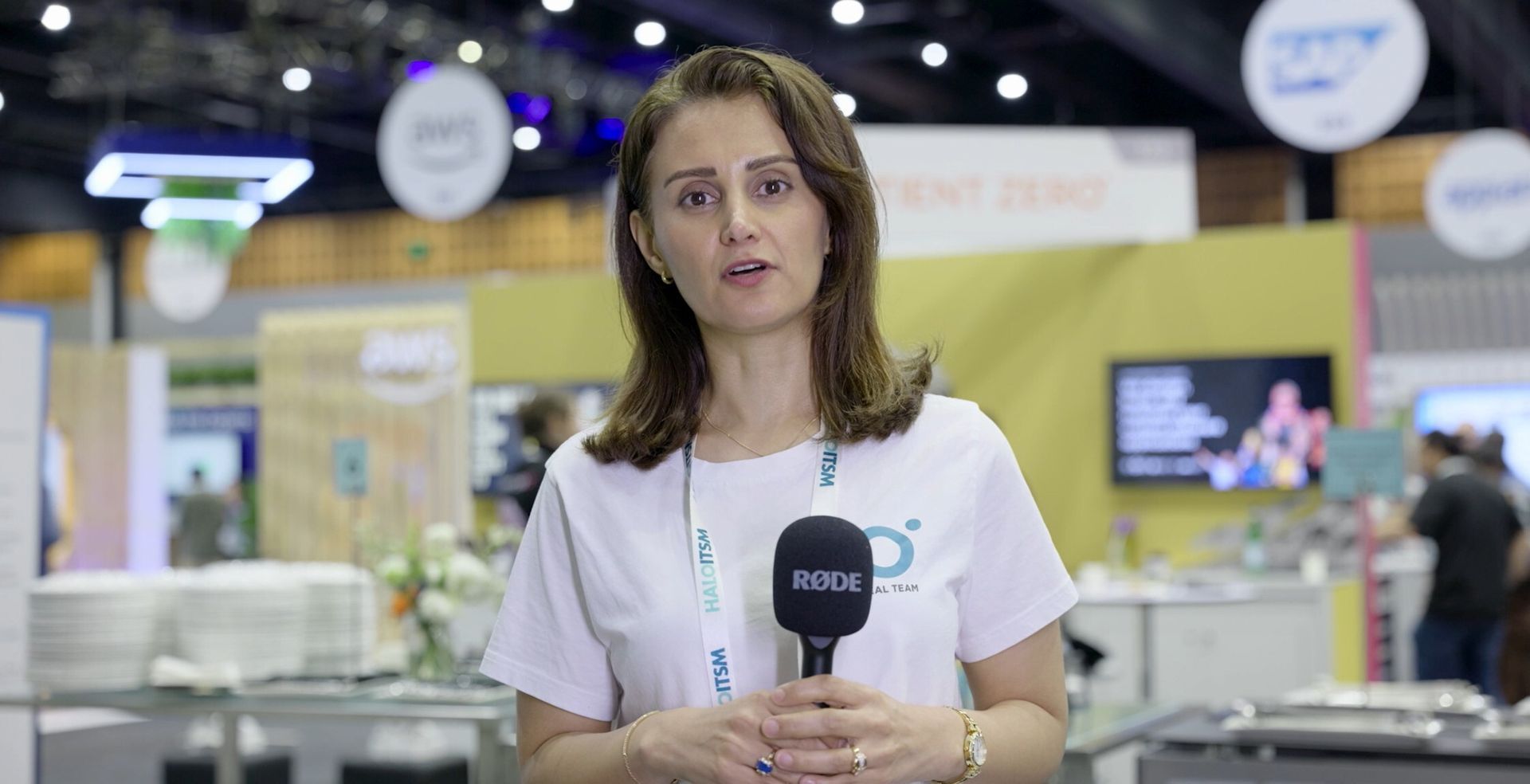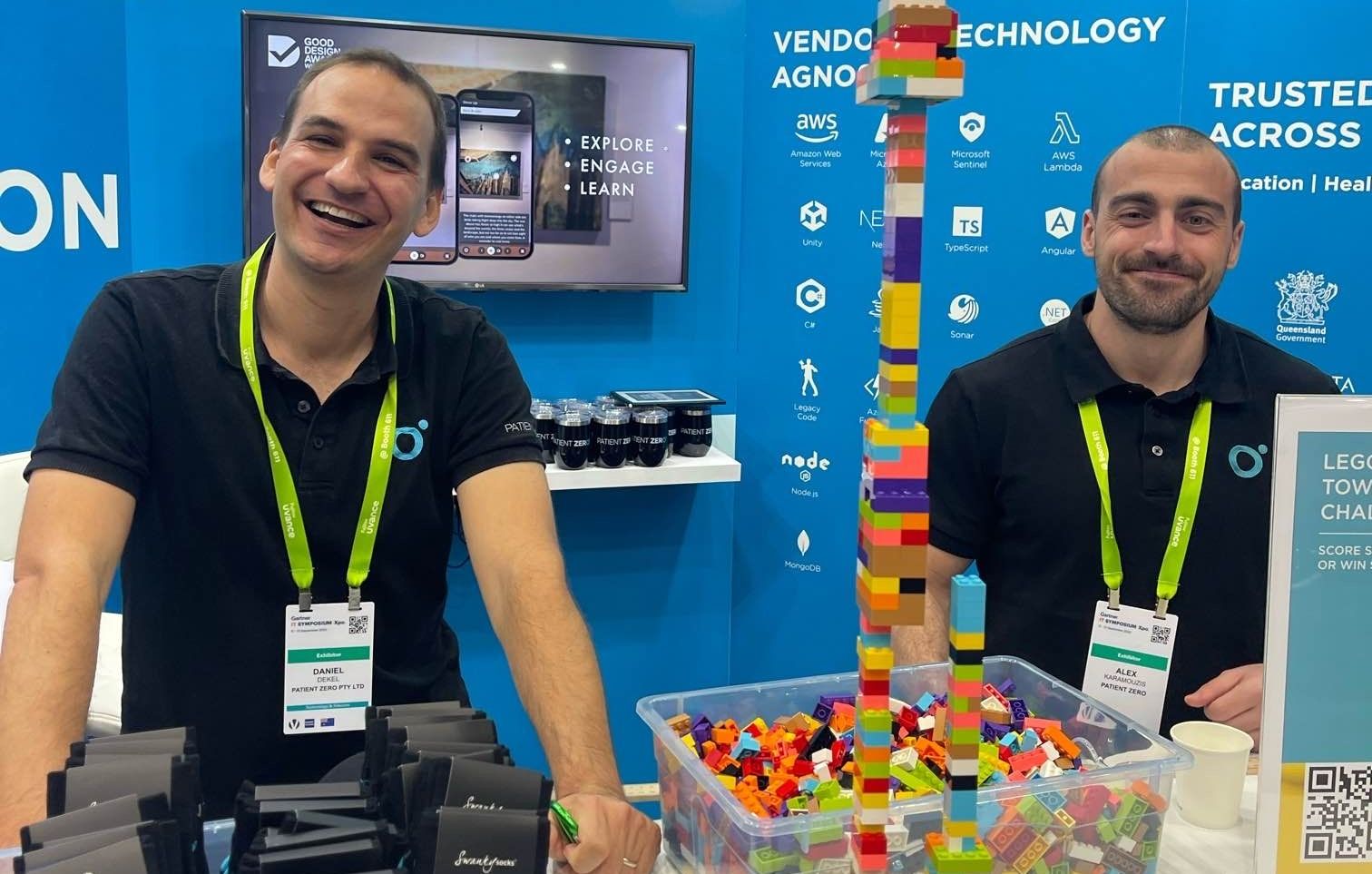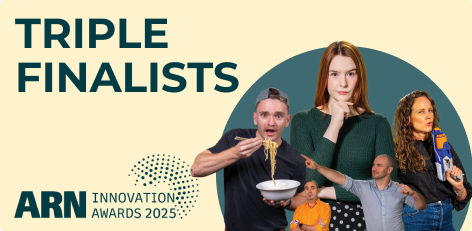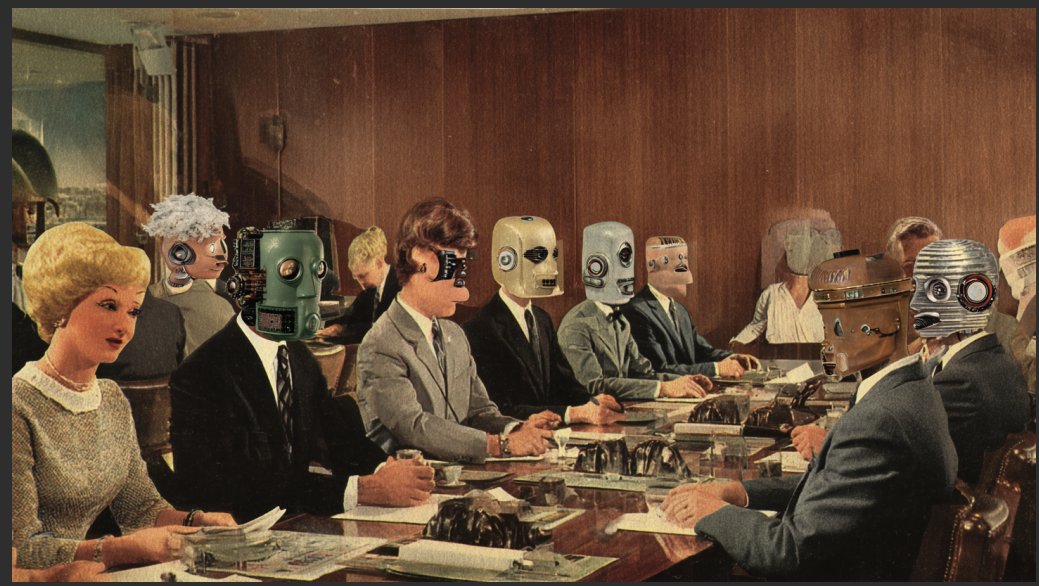Conference Season Key Takeaways: App Modernisation
App Modernisation is being recognised as important, but remains under resourced
Conference season is almost over. To say we have had a busy year would be an understatement.
Patient Zero’s team attended nearly a dozen conferences in 2024, ranging from Industry specific conferences, such as EduTech, Insurance Innovation Summit and Re:Made, to broader, tech focused conferences like Digital Transformation Live, SomethingTech and the Gartner Symposium.
We covered some ground.
While conferences are a great place to meet potential new customers, catch up with existing clients and have a little fun while doing so, they are also a fantastic opportunity to get a better understanding of the needs of the market, what is out there, and learn more about your own position in the market.
At Patient Zero our grounding in engineering and design means we use these opportunities to constantly evolve share our learnings along the way.
We’ll be sharing our key takeaways over the next couple of weeks covering our key learnings from the last few months, not only at the Gartner Symposium, but all of the conferences we attended this year, starting with App Modernisation.
Many companies see the opportunities updating or improving their legacy applications will bring — efficiency, scalability and security, to name a few — but they’re facing common problems, which include:
Cost and resource Constraints: Sometimes, there just isn’t an appetite to spend money. In other cases, businesses struggle to allocate the necessary resources and budget for these projects, especially if they are also dealing with other technology priorities or there are unidentified complexities in the systems.
Complexity of Legacy Systems: Many businesses rely on legacy software applications that have been in use for years or even (*gasp*) decades. These systems may be outdated, become more difficult to maintain as they age, and are not designed for the current digital landscape.
Integration Hurdles: Integrating apps with other systems and cloud-based services remains a challenge for many businesses. Ensuring seamless integration can be a significant obstacle, as it requires deep understanding of both legacy and modern technologies.
Security Concerns: Addressing security vulnerabilities during the modernisation process can be key. Cybersecurity is a top concern, especially in industries that handle sensitive customer data, such as retail media businesses.
Talent Shortages: Finding skilled professionals who are well-versed in legacy systems as well as modern technologies (and where they intersect) can be a challenge.
Keep tuned for the rest of our series, and of course, if you're grappling with any of the challenges above, get in touch!
Share This Post
Get In Touch
Recent Posts





